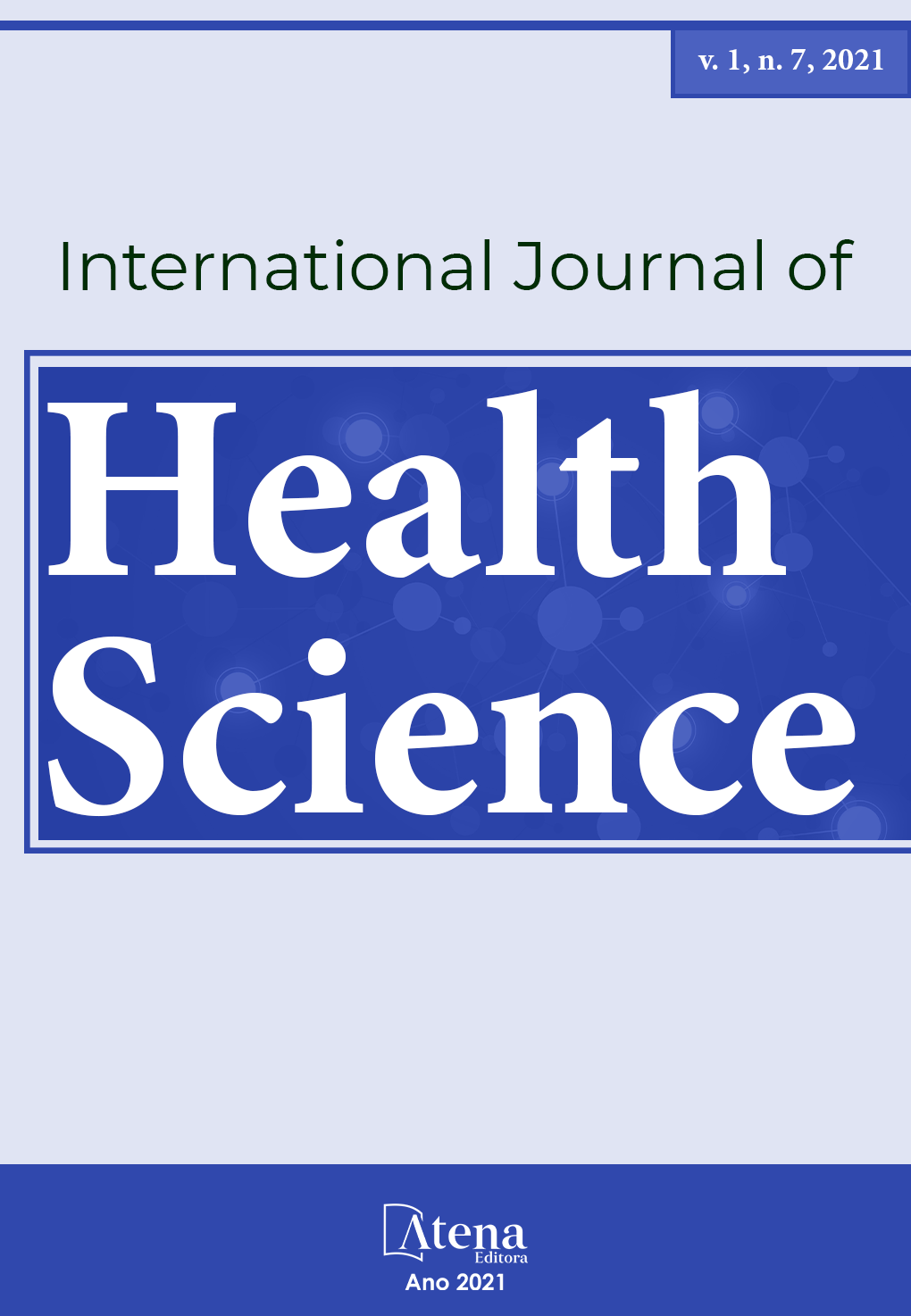
EPIDEMIOLOGICAL PROFILE OF LEPROSY IN THE STATE OF PERNAMBUCO, FROM 2015 TO 2020
Leprosy is a chronic, infectious, contagious and granulomatous disease caused by a bacterium called Mycobacterium leprae or Hansen's bacillus, which has a predilection for skin cells and peripheral neurons. It is a disease that, when treated, has high cure rates, but if left untreated, it can leave the affected individual with sequelae. This article is an epidemiological study of a quantitative descriptive type, using primary data, collected from government databases, and aims to analyze the epidemiological profile of leprosy in the state of Pernambuco, Brazil, and compare it to the profile. of this disease in the country, through the indicators sex, age, education, pregnancy, race, age group, number of skin lesions, number of sputum smears performed, mode of entry, clinical form, assessment of the degree of physical disability at diagnosis, current operational classification and notified therapeutic scheme. There is a high prevalence of endemic diseases in Pernambuco, as well as in the Northeast region as a whole, which is attributed to low levels of human development and sociocultural production. There is a high discrepancy in the number of notifications of leprosy among the municipalities of Pernambuco, which stems from the underreporting of cases and the weakness in the municipalities' control strategy. A higher percentage of leprosy cases was observed in men, brown, over 15 years old, with incomplete primary education and with entry mode as new cases, characterizing the disease not only as a public health problem, but also a socioeconomic one.
EPIDEMIOLOGICAL PROFILE OF LEPROSY IN THE STATE OF PERNAMBUCO, FROM 2015 TO 2020
-
DOI: 10.22533/at.ed.1592103122
-
Palavras-chave: Leprosy; epidemiology; sub-registration; health policy; health profile.
-
Keywords: leprosy; epidemiology; underregistration; health policy; health profile
-
Abstract:
Leprosy is a chronic, contagious and granulomatous disease caused by a bacterium called Mycobacterium leprae or Hansen's bacillus, which has a predilection for skin cells and peripheral neurons. It is a disease that, when treated, has high recovery rates, but if left untreated, it can leave the affected individual with several permanent side-effects. This article is an epidemiological study of a quantitative descriptive type, using primary data extracted from government databases, and aims to analyze the epidemiological profile of leprosy in the state of Pernambuco, Brazil, and compare it to the profile of this disease throughout the country. The indicators for this analysis are: sex, age, education, pregnancy, race, age group, number of skin lesions, number of sputum smears performed, mode of entry, clinical approach, assessment of the degree of physical disability at diagnosis, current operational classification, and therapeutic scheme notified. There is a high prevalence of endemic diseases in Pernambuco, as well as in the Northeast region as a whole, which is attributed to low levels of human development and of sociocultural production. There is a high discrepancy in the number of notifications of leprosy among the municipalities of Pernambuco, which stems from the underreporting of cases and the lack of strong control strategies by the municipalities. A higher percentage of leprosy cases was observed in brown men, over 15 years old, with incomplete primary education and with entry mode as new cases, characterizing the disease not only as a public health problem, but also a socioeconomic one.
-
Número de páginas: 14
- Gracy Kelly Lima de Oliveira Melo
- João Paulo Albuquerque Coutinho
- Marcos Antonio Cavalcante da Costa Silva
- Natália Pires Ferreira Figueirêdo
- Tomaz Magalhães Vasconcelos de Albuquerque
- Vitória Régia Borba da Silva
- Patrícia Oliveira Cavalcante


